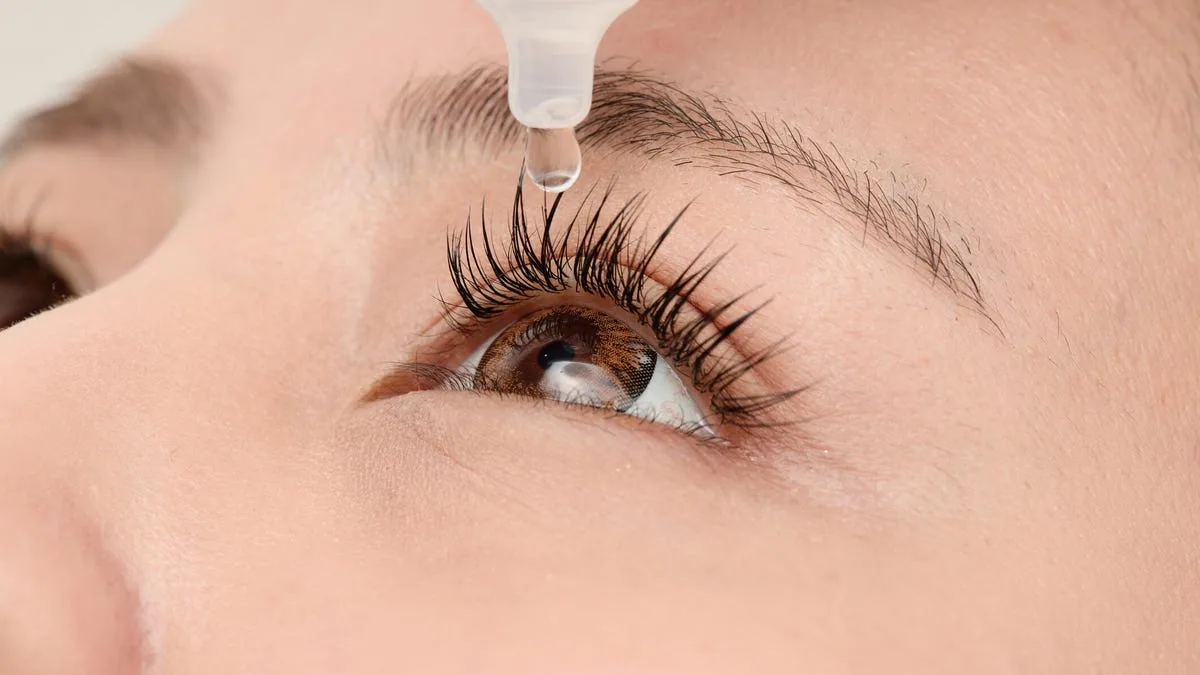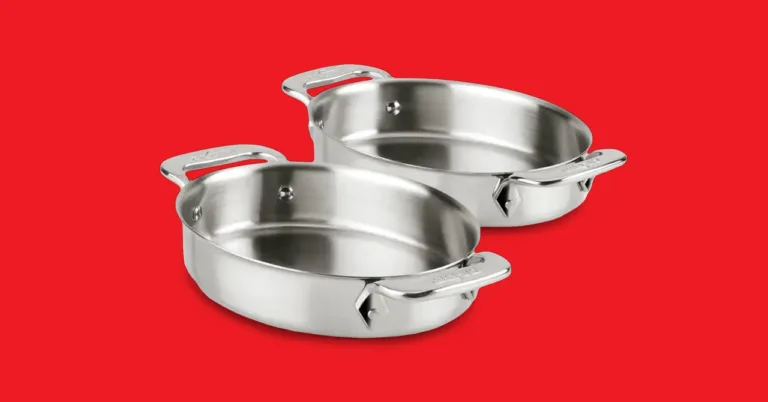How to Find Safe Eye Drops
Introduction
Eye drops are a common treatment for various eye conditions, but recent recalls have brought attention to the importance of finding safe and effective options. This article will discuss the recent recalls of popular eye drop brands and provide tips on how to find the right eye drops for your needs.
The Recent Recalls
Last week, several eye drop brands, including CVS, Rite Aid, and Target, were voluntarily recalled due to potential safety concerns. The recalls were initiated by the manufacturer, Kilitch Healthcare India Limited, after the US Food and Drug Administration (FDA) discovered bacterial contamination and insanitary conditions at the manufacturing facility. The FDA warned consumers not to purchase these eye drops as they could cause infections and potential vision loss.
In addition to the voluntary recalls, the FDA also issued a warning letter to Amazon concerning the sale of certain eye drops online. The letter stated that seven types of eye drops marketed on Amazon to treat specific health problems, such as pink eye and eye irritation, are considered drugs that require FDA permission to be sold. Amazon has since removed these products from their online store.
Choosing Safe Eye Drops
Consult with Your Eye Doctor
It is always recommended to consult with your eye doctor before purchasing and using any eye drops. They can determine the underlying cause of your eye concerns and recommend the appropriate treatment. Your eye doctor can also guide you in choosing the right type of eye drops and provide instructions on how to use them safely.
Double-Check the Brand
With the recent recalls, it is important to stay informed about the safety of specific eye drop brands. Before using any eye drops, take a moment to research the product online and check if it has been listed in any FDA or CDC warnings, or if there have been any recalls. This simple step can help ensure that the product you are using is safe.
Types of Eye Drops
There are several types of eye drops available, including lubricating drops, anti-allergy drops, anti-redness drops, antibiotic drops, steroid drops, and drops for treating various health conditions. Understanding the different types of eye drops will help you choose the right one for your specific needs. If you are unsure, consult with your eye doctor or pharmacist.
Consider Preservative-Free Options
Most eye drops contain preservatives to prevent contamination, but these preservatives may cause irritation for some individuals. If you have sensitivities or recent eye surgeries, you may benefit from using preservative-free eye drops. Your eye doctor can provide guidance on whether preservative-free options are suitable for you.
Follow Proper Application Techniques
Using eye drops correctly is essential for their effectiveness and preventing any harm to your eyes. Always follow the instructions on the label, wash your hands before use, avoid touching the dropper to your eyes or hands, and keep the bottle clean and sterile. If you are unsure about how to properly apply eye drops, consult with your eye doctor.
Watch for Expiration Dates
Eye drops have expiration dates printed on the bottles. Once opened, their effectiveness diminishes over time, and there is an increased risk of infection. It is important to discard eye drops after the recommended usage timeframe or if they have reached their expiration date. Single-application vials should be discarded immediately after use.
Potential Side Effects and When to Seek Help
While most eye drops are safe to use, they can sometimes cause side effects. Common side effects include redness, itching, or soreness. If you experience prolonged burning, discharge, hives, swelling, wheezing, dizziness, or vomiting, it may be a sign of an allergic reaction or a more serious issue. In such cases, contact your eye doctor for further evaluation and guidance.
Conclusion
Finding safe and effective eye drops is crucial for maintaining eye health. Consult with your eye doctor, double-check brands for recalls, consider preservative-free options, follow proper application techniques, and watch for expiration dates. By following these guidelines, you can ensure that you are using eye drops that are suited to your specific needs and are free from safety concerns.







